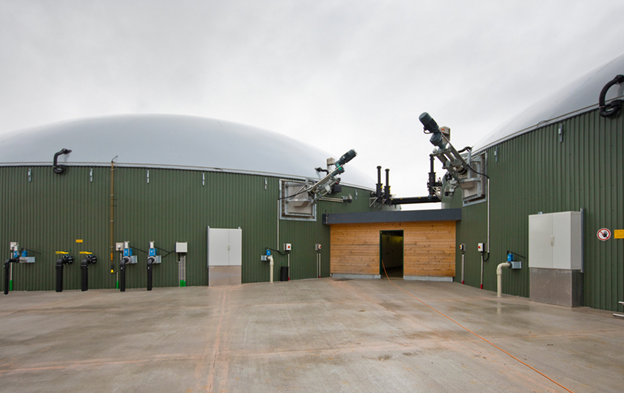
The emotional toll of economic uncertainty
For business owners, the 2020s might feel like an obstacle course with no end in sight. Recently, business owners across North America have reported some significant stressors impacting their outlook heading into 2023.
In this issue of the Pulse, we look at these stressors and the impact they can have on business leadership.
What is stressing out business leaders?
According to the World Economic Forum’s Executive Opinion Survey 2022, North American business leaders are experiencing quite the array of concerns. The survey asked more than 12,000 business leaders to select “which five risks are the most likely to pose the biggest threat to your country in the next two years?” from a list of 35 global risks.
It found that in the United States, the top concerns were:
- Debt crises
- Rapid and/or sustained inflation
- Geo-economic confrontation
- Failure of climate-change adaption
- Interstate conflict tied with employment and livelihood crises
In Canada, the results were:
- Cost of living crisis
- Debt crises
- Rapid and/or sustained inflation
- Failure of climate-change adaption
- Asset bubble burst
Business owners aren’t confident moving forward.
Across both countries, these factors have reduced business owners’ confidence. In 2022, 29% of small businesses have worried about having to close. They’ve also reported taking the following steps to keep their businesses running:
- 46% are working more hours than before the pandemic.
- 33% are performing duties that were typically handled by someone else.
- 29% have cut their own salaries.
- 35% have had to raise their prices.
For the time being, only 44% of business owners expect better conditions in the next six months.
What is the impact of this stress on your team?
At all levels of employment, employees are struggling with these same stressful conditions.
One study from Deloitte Canada found that stress-related burnout led to 50% of managers contemplating leaving their roles since the beginning of the pandemic. Likewise, 70% reported stress impacting their ability to make decisions.
Another study from global employee engagement firm, Reward Gateway, found that 72% of HR leaders “agree that stress resulting from cost-of-living increases is negatively impacting the work of their employees.”
Global economic insecurity creates a baseline of unease that effects both leaders and the entire staff of your business. It’s important to check in with yourself and your team to make sure you aren’t ignoring its presence.
Understand your feelings about money.
For many of us, money has a stressful underlying connotation. Much of our economy-related stress is fueled by how we feel about money.
Investigate the way money makes you feel; perhaps its anxious, avoidant, or irritated. Understanding this foundational emotion can help you rewire those associations in the future, and help you feel more calm and self-assured, even in challenging times.
Label your feelings.
It’s easy to push through the stress and fear that you might be feeling right now by throwing yourself into your work. Unfortunately, this is only likely to lead to more burnout and decreased quality of work.
Michele Tugade, a professor of psychological science at Vassar College, says it’s important to acknowledge and label your economic-related anxieties.
“It’s crucial to understand the root of your emotions by asking yourself questions like ‘how does this feel in my body?’ and ‘what is this emotion telling me about the situation?’” she says. “For example, identify where the anxiety is bubbling up in your body – your stomach? Your chest? Also, think about what made the anxiety come up – was it a news report about tech layoffs? Was it browsing the aisles at the shops?”
If you can think about the root of your economic anxiety, rather than allow your brain to spiral about it, you can problem solve from a better mental headspace.
In conclusion…
With what has seemed like a constant stream of economic crises in the past few years, it’s only normal that many business owners, leaders, and employees are dealing with considerable stress. This can have serious impacts on a business’ operations, as well as business owners’ collective outlook moving forward. It’s important to address this stress and focus on the wellbeing of you and your team.











